Voicing Unsung Heroes in the Film Industry: How HBO’s “The Last of Us” Remarkably Utilizes Cinematography
March 15, 2023
The Last of Us is a 2023 drama series based on the original 2013 action-adventure video game by Naughty Dog, published by Sony Computer Entertainment. Created by Neil Druckmann and Craig Mazin, starring Pedro Pascal as “Joel” and Bella Ramsey as “Ellie,” the story follows the unlikely pair on a journey across a post-apocalyptic America, persisting through bleak conditions, vicious killers, and, through it all, creating the most unpredictable yet beautiful of bonds. This HBO series has taken quite the high rise in popularity, as Sunday’s finale averaged a total of 8.2 million spectators across all platforms. Nonetheless, one of the most important yet unknown roles throughout this film process, and indeed any film process at all, is the challenging position of the cinematographer.
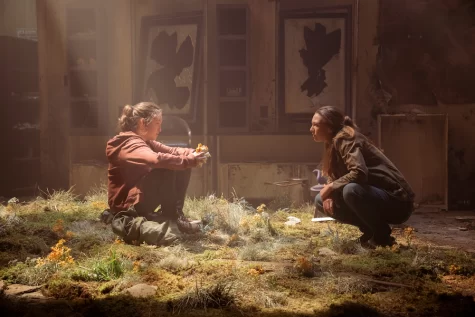
Cinematography is the art of motion picture photography. The cinematographer thoughtfully devises all of the camerawork you see in a film or television show- the angles, transitions, shot types, operation of colors, and extensively more. While watching The Last of Us, one of the show’s elements that exceedingly stuck out to me was Ksenia Sereda’s excellent use of cinematography. So many aspects of various shots continuously built more and more apprehension within each scene- incorporating textures and layers in every image.
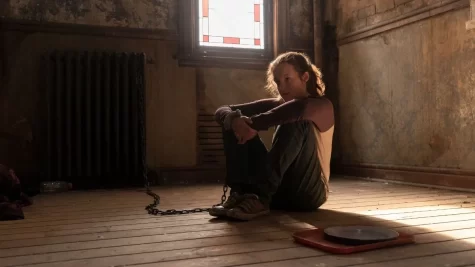
“When you are [shooting] through the characters’ perspective, you need to be inside there, but at the same time, you need to be very connected with the environment around them,” said The Last of Us cinematographer Ksenia Sereda during an interview with IndieWire. The camera tends to place actors within enormous climates, causing watchers to realize how minuscule the characters are compared to their world. “I was looking for lenses where you can have this connection of the close-up and what you can see around in the environment,” Sereda stated.
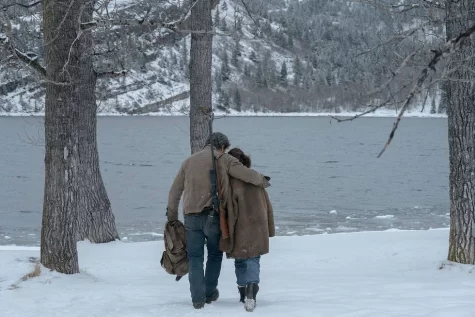
The close-up shots throughout the series, such as on Ellie’s or Joel’s faces while they are thinking extremely hard about what to do next during their expedition, stood out to viewers. “I really love to work with actors, and with close-ups, like, my heart is there,” Sereda said. “It’s all about people and about following the characters and [helping] the viewer stay connected to what the characters are going through.”
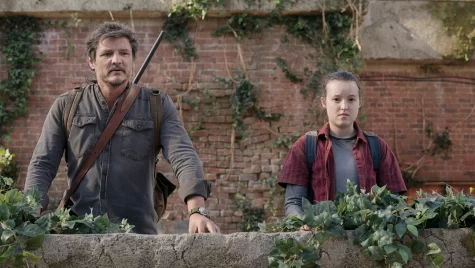
Color is utilized throughout the drama series to express the tone of a particular scene. It takes very close attention to determine which scenes require color and, furthermore, which specific colors would make the most sense to use. The emphasis on color is operated especially during Episode 7, when the storyline primarily focuses on the relationship between Ellie and her best friend, Riley. The film crew even incorporates warm, soft colors within the screen to illustrate the increasing romance between Ellie and Riley. “It’s even getting a little bit dizzy at certain points, the neon, the pinks, and purples, just how many things you can see there,” Sereda said. “It was very important to bring Ellie into an environment [that visually matches how] Riley is making this the best night of her life. It’s the first time you can see Ellie really happy.”
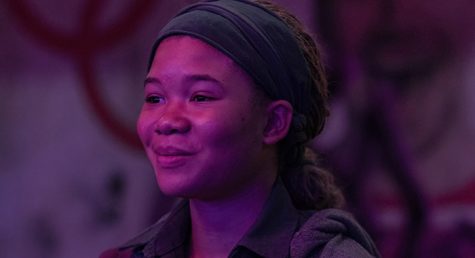
Continuing with the theme of coloring within a shot, Ksenia Sereda truly got to explore every aspect that comes with the lighting of a scene. While watching a show like The Last of Us, it is remarkably easy to feel on edge during almost every moment. Watchers may not realize that a lot of this haunting tension comes from the lighting onscreen, and the colors used to set the mood of the shot. “You always have the concept art and pre-viz and everything, but nothing compares to having things be real,” Sereda says. “[For the airplane crash in Episode 1], we tried to make all the light happen on set. We had lighting cues happening while [the trucks] were passing by, and the airplane crash was a massive light crane striking, creating all these shadows of people running from the airplane crash. That was so much fun to do, and I’m so grateful for the chance to make something like that. It was such a huge adventure.”
Not only do cinematographers have to work with lighting, but also complete darkness. When a scene occurs within a dark location, the camera crew has to get creative- finding a way to make the actors visible while also creating a stylish image. “Some scenes are based only on the flashlights, like the museum scene [in Episode 2], where they’re entering, and we needed to find the right balance in between the darkness and the flashlights we’re using,” Sereda said. “We tested all different types of flashlights [to find ones] that create the same experience for the viewer as the characters, that they’re discovering things.”
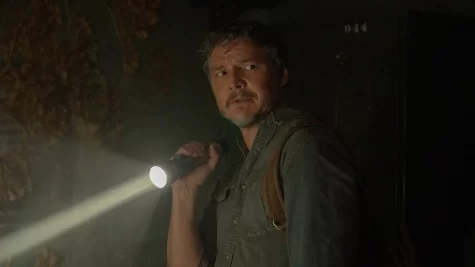
I am seriously impressed with the camerawork I’ve seen as a viewer of the series The Last of Us. An incredible amount of effort goes into the visual aspects of a film or television show- and cinematographer Ksenia Sereda clearly understands the importance of motion-picture photography in a drama series like The Last of Us that explores so many plot points. Not only do I love the cinematography of this show, but indeed every aspect- the acting, directing, set design, and every little detail incorporated to resemble the original video game. I, for one, am smitten with this series- and I absolutely cannot wait for more seasons to come!



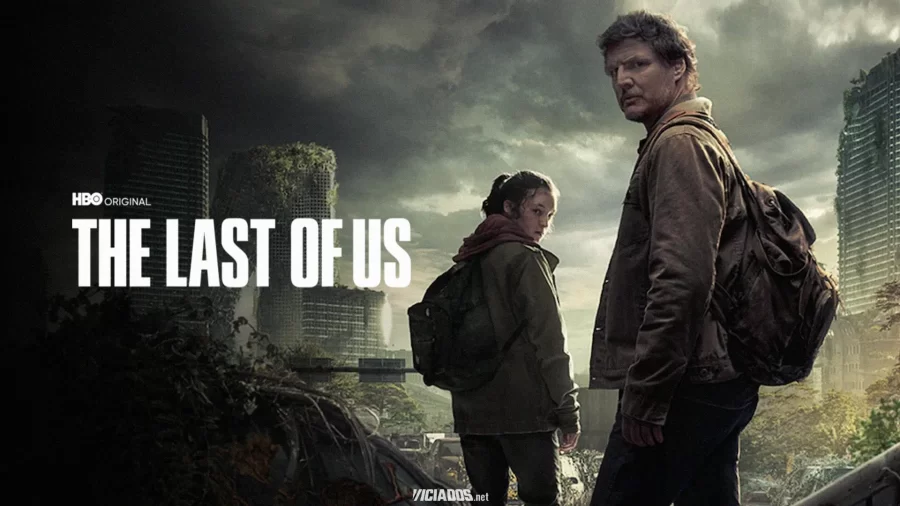
Brian Donnelly • Mar 17, 2023 at 10:54 am
Awesome read Chelsea! I love your interpretations of the different shots and lighting. As a digital media creator it is always amazing to think about how every little one of these things effect how the viewer sees the characters, the setting or the emotion of the scene. If you continue to keep an eye on all of those thing you will grow as a content creator.